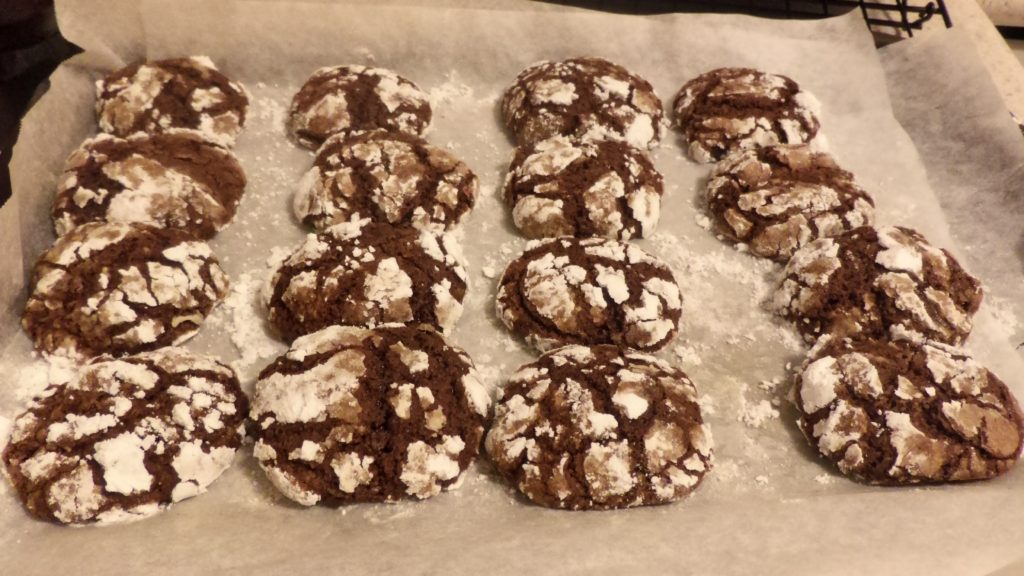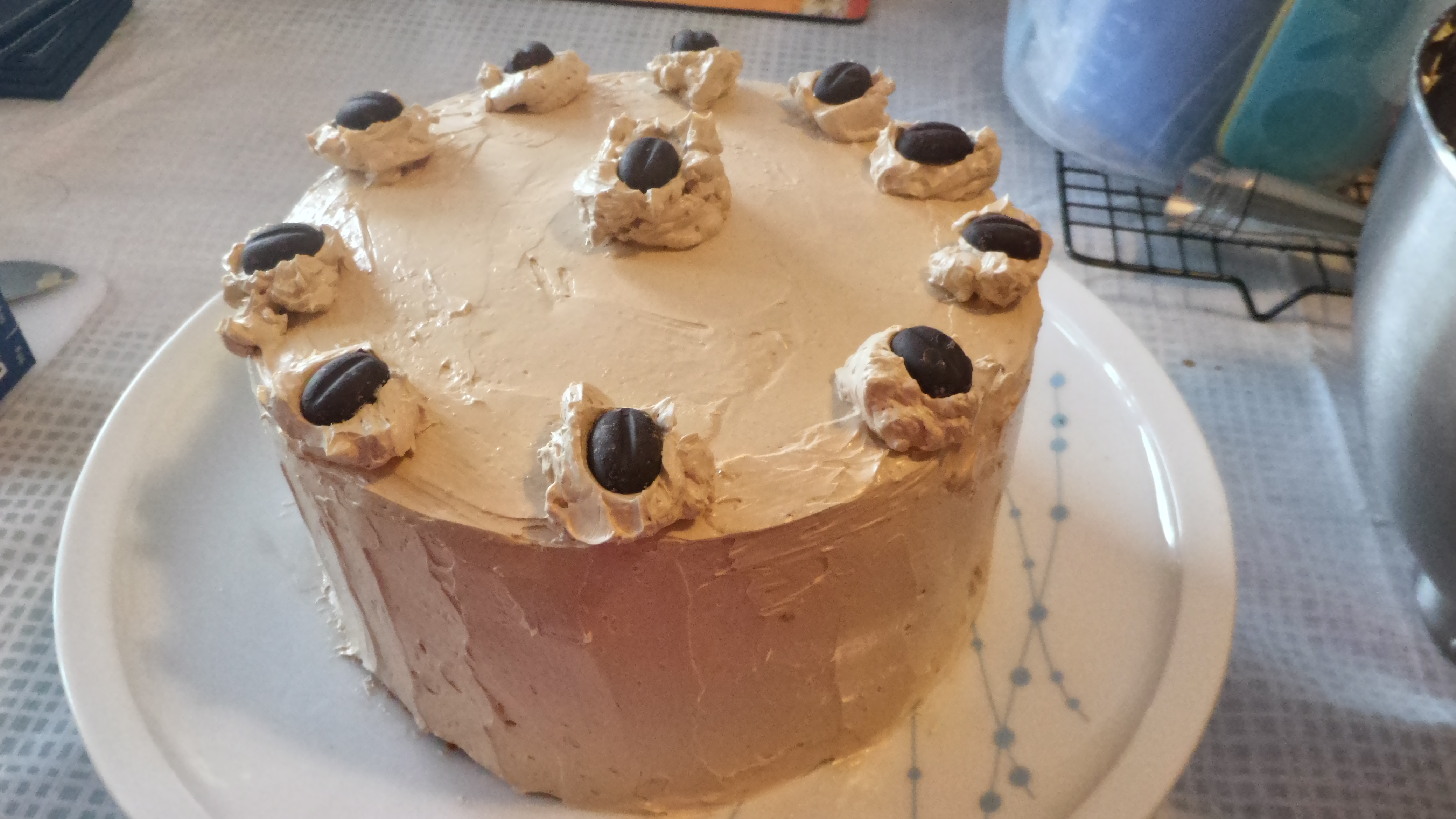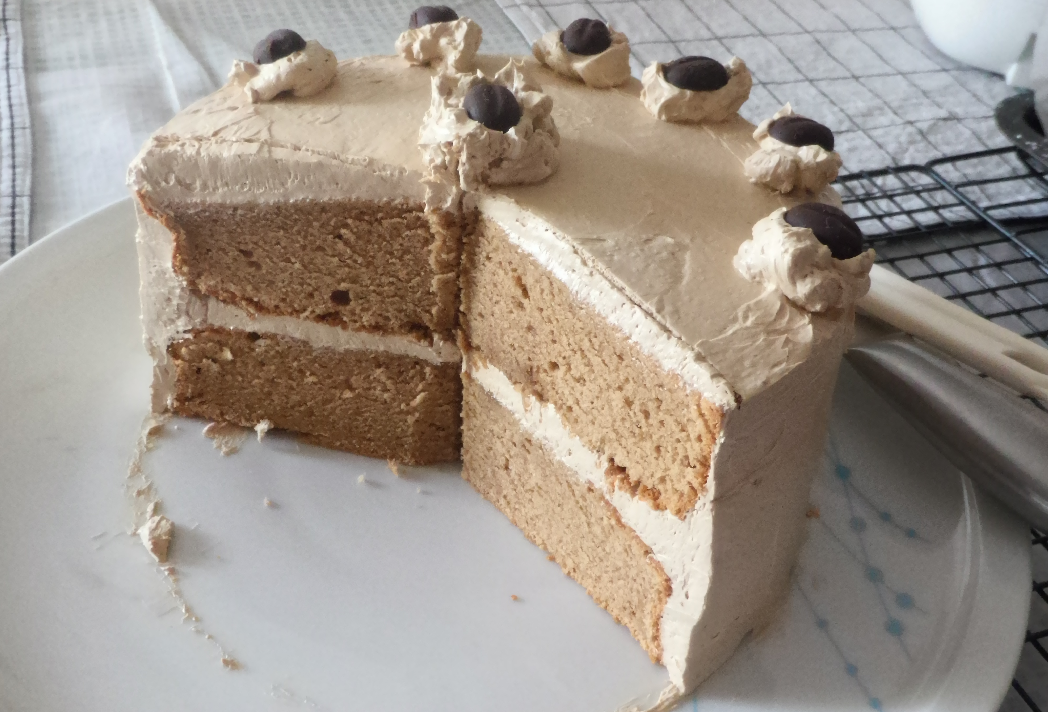Every one of us has the dream of becoming popular enough with our readers that we will be able to set aside our day job and simply work at writing – be the next Larry Correia or Andrew Weir. That we will be able to pay attention to only the work of crafting our story, and someone else would handle the nitty gritty details of financial remuneration and accounting, the contracts and such – the ‘icky’ business side of writing.
I’ll be honest and say that the mindset – especially when it comes to financial matters – gives me the heebie-jeebies. Granted, I’m not the best person when it comes to finances; but I do know the basics and how to prioritise them; so I can understand why the mindset has appeal.
But that mindset is where predators can swoop in. And have. Dear God, they have.
I’ll spare the gruesome details here because you can read about them written by people far more able than I to write about these abuses. Mario Puzo can’t write about it any more, but the guy who wrote Fight Club was a victim, and he did.
Mad Genius Club has a post about it. Kristine Kathryn Rusch has been writing about this kind of thing for years, and finally she has the smoking gun. And the effects. Which is being hushed up – the reaction to this is frankly, stunning… but unsurprising. It’s a bit akin to people who were at a terrorist attack, except that they’ve been victimised for years. You don’t want to admit when you’ve been a victim in circumstances like these, and the predators and abusers don’t want their cover blown. And in fairness, there are likely to be honest literary agents out there who see this as a big threat to their jobs when they’ve done nothing wrong. There are new writers who w
Everyone has a very good reason to be scared, and not want to see the reality.
Me, I just feel sad for the people who are victims of this. I mean, nobody can tell me that Mario Puzo’s estate for his books, the licensing of the movies, etc, isn’t in the multimillions. It also makes me angry that it seems that the other clients of Donadio & Olson seem to be unaware of this happening.
Some writers represented by the agency told The Post they had not been contacted about the theft, and did not know if it affected their royalties.
“This is the first I heard of it,” said McKay Jenkins, a nonfiction author.
Bert Fields, a lawyer representing the Puzo estate, said he learned of the arrest from The Post.
The alleged theft was first discovered last fall when an unidentified author who was expecting to receive a $200,000 advance from his publisher asked Webb why he had not received the payment.
According to the complaint, Webb put the author off for months.
“The author did not receive the payment because Webb had converted the funds to Webb’s own use,” says the complaint.
“The agency’s singular focus at this time is ensuring that all of its impacted clients are made whole to the greatest extent possible, and the agency is cooperating in every possible way with the government’s efforts,” said Matthew Adams, a lawyer for Donadio & Olson.
Calls and an e-mail to Webb’s attorneys were not returned.
That’s insane. It’s unthinkable. It’s the kind of ‘don’t tell the passengers we’re sinking’ cover-your-ass. Why weren’t the clients told – they have every right to be. But as Kristine has pointed out, there are no oversights for literary agents, and no enforcement. So it’s no surprise.
Good luck to the authors and creators who have been hurt by this crime. I wish you the best, and hope you get the earnings you were due.




